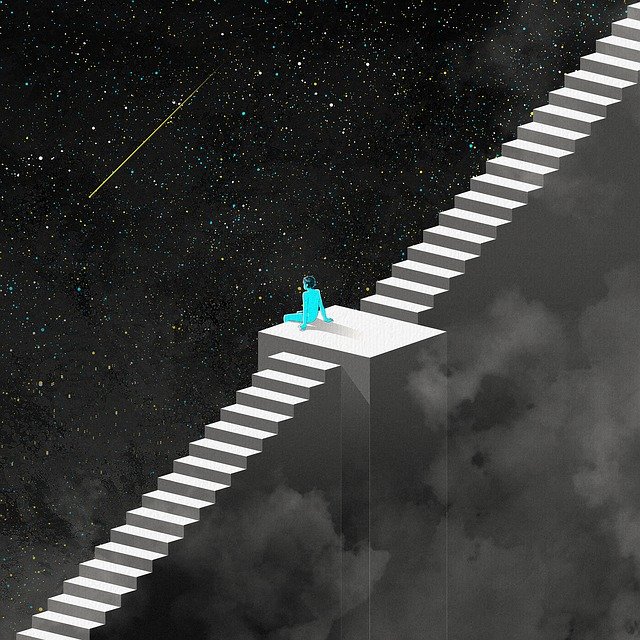NASA and SpaceX are studying whether it would be possible to use a Dragon spacecraft to boost the Hubble Space Telescope’s orbit, extending its lifetime by up to 20 years
The Hubble Space Telescope
NASA
Since the Hubble Space Telescope arrived in orbit in 1990, it has slowly been sinking down towards Earth due to drag from the very top of the planet’s atmosphere. It got periodic boosts from astronauts aboard the Space Shuttle, but it has been steadily lowering since the shuttle’s last visit in 2009. Now, NASA has signed an agreement with SpaceX to study the possibility of boosting it once again, which could extend its lifespan by decades.
Hubble’s initial orbit was about 615 kilometres above Earth’s surface, and now it is less than 540 kilometres up. Despite this slow decline, the orbiting observatory isn’t exactly on death’s door. “Hubble is doing great,” said Hubble project manager Patrick Crouse during a press conference. “We expect Hubble will remain operational until the later part of this decade if not into the next.”
But with no plans to boost the spacecraft’s orbit or service it, the craft’s demise is inevitable. By the late 2020s, NASA will have to start planning a mission to dispose of it safely, most likely by lowering it until it splashes down in the ocean. As of now, that is expected to happen in the late 2030s.
Advertisement
If SpaceX can give Hubble a boost, it could delay that. The feasibility study will involve determining whether it would be possible for SpaceX’s Dragon spacecraft to dock with Hubble and push it into a more stable orbit around 600 kilometres up. “You’d add easily 15 to perhaps 20 years of orbit life to the mission if we could achieve that altitude,” said Crouse.
The exact mechanics of how such a mission would work are still unclear. Past servicing missions have been crewed, but it is plausible this one could be automated. It may not just be a boost, either – Space Shuttle crews also performed repairs and upgrades, and astronauts on this potential mission could do the same.
“At this point everything is on the table,” said SpaceX’s Jessica Jensen during the press conference. “We want to benefit Hubble, and if benefiting Hubble is not just boosting it but doing some kind of servicing… all the better.”
While the prospect of extending the life of the Hubble Space Telescope is exciting, it still may not be possible, NASA associate administrator Thomas Zurbuchen warned in the press conference. The study itself will last about six months, after which NASA officials will determine whether it is feasible to start planning a mission in earnest. “We won’t last forever, but we’re trying to last as long as we can,” said Crouse.
Sign up to our free Launchpad newsletter for a voyage across the galaxy and beyond, every Friday
More on these topics:

